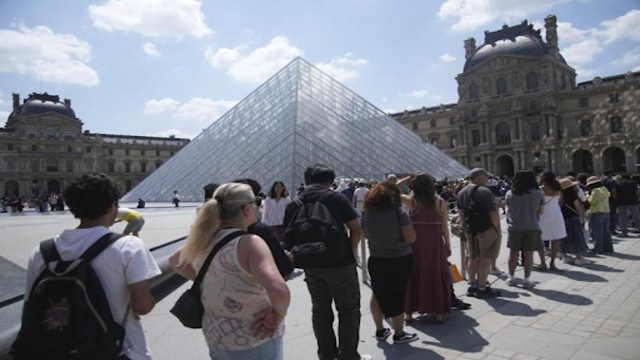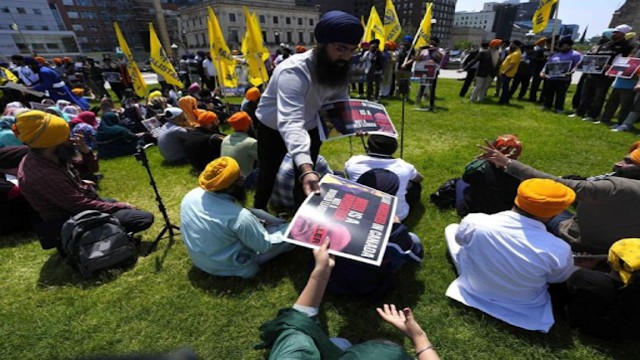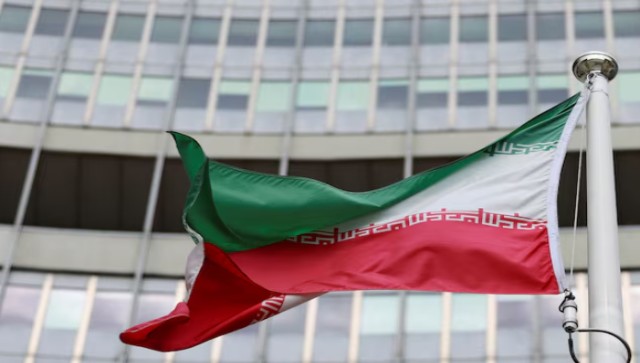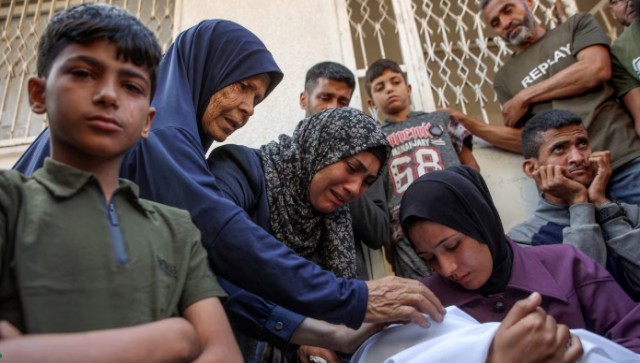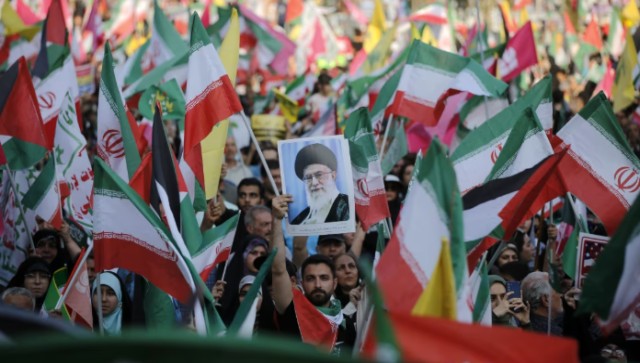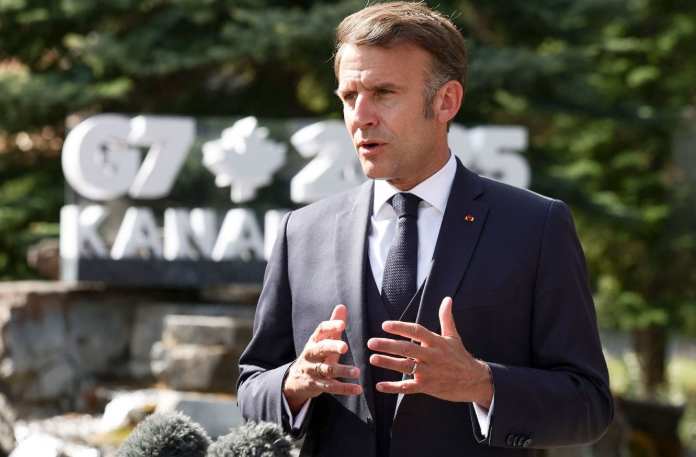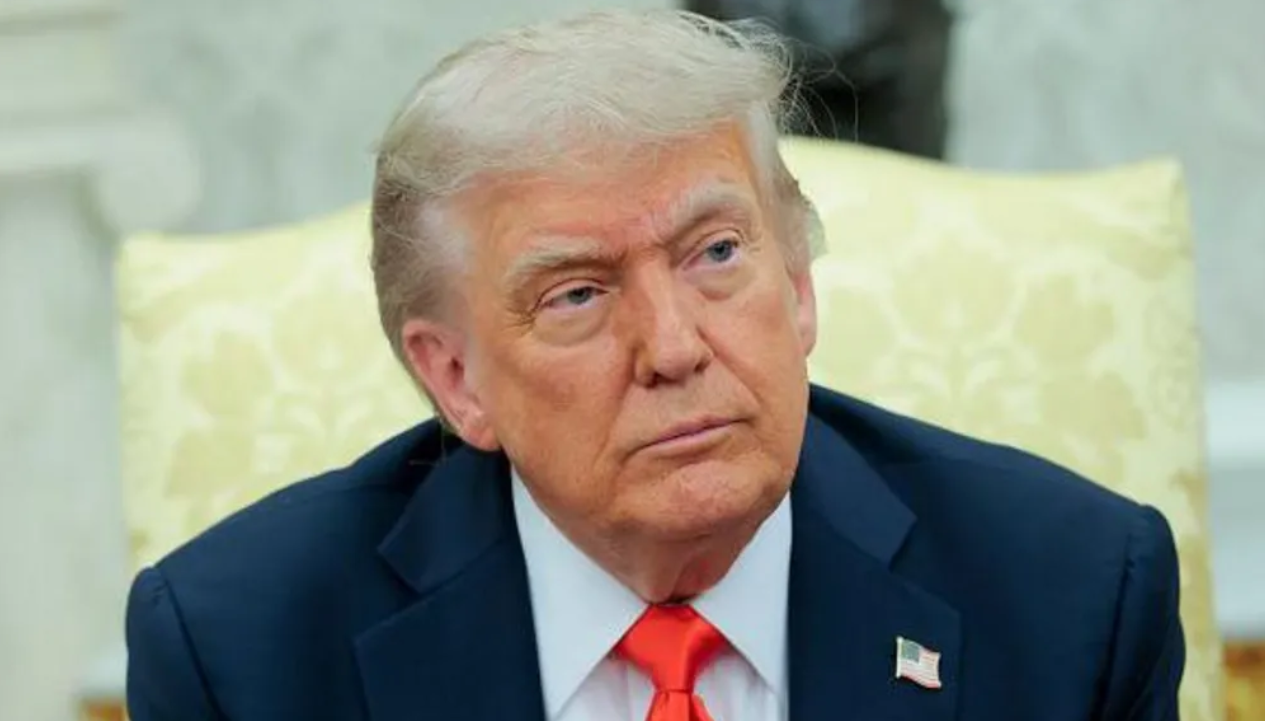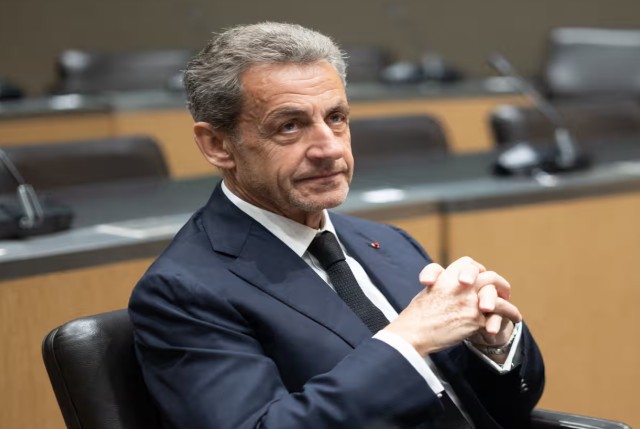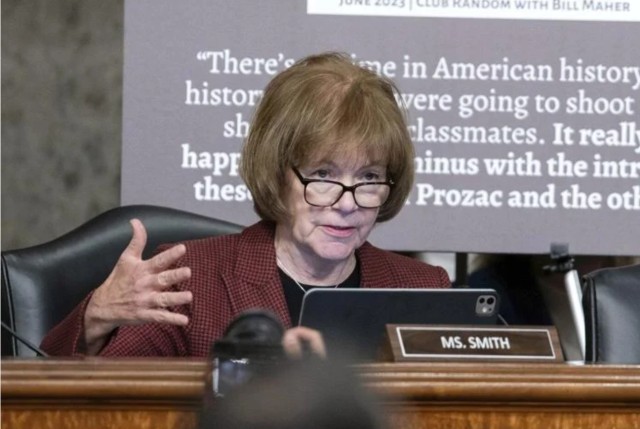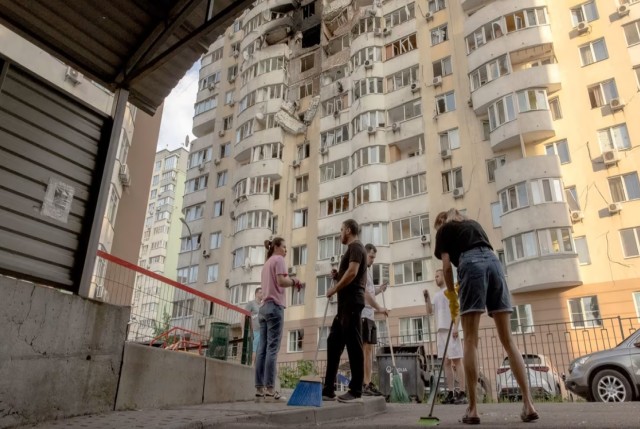
In addition to the G7 leaders, the summit will be attended by top officials from the European Union (EU) and leaders from several non-G7 countries
The G7 Summit has kicked off in Canada with global leaders gathering amid a tense geopolitical climate. With three active wars dominating headlines and trade relations becoming increasingly strained, this year’s gathering holds particular significance. Prime Minister Narendra Modi is among the key invitees, alongside several non-G7 leaders, highlighting the summit’s broader international reach.
A Global Stage Set in Canada
In addition to the leaders of the seven G7 nations — the US, UK, Canada, France, Germany, Italy, and Japan — the summit is also hosting top EU officials and leaders from key partner countries. Canadian Prime Minister Mark Carney extended invitations to a diverse set of nations, including India, Saudi Arabia, South Korea, Brazil, and South Africa.
Prime Minister Modi is set to arrive in Canada on Monday evening as part of his multi-nation diplomatic tour. His attendance has sparked controversy back home in Canada, especially among Sikh organisations. These groups have voiced strong opposition, recalling the tensions from 2023, when India was accused of involvement in the assassination of a Sikh separatist leader.
Despite the backlash, Carney defended Modi’s invitation. He emphasized India's growing global influence as the fifth-largest economy and noted ongoing cooperation between Indian and Canadian law enforcement agencies. He called the invite a step towards practical diplomacy.
A Summit Shadowed by Global Conflict
This G7 Summit is unfolding under the cloud of three major conflicts — the Iran-Israel war, the Russia-Ukraine war, and simmering US-China trade tensions. These issues are expected to dominate the agenda.
Middle East Crisis Takes Center Stage
Israel’s recent strike on Iran has alarmed G7 leaders. The fear of a broader war looms large, with oil prices and global stability hanging in the balance. While some leaders like the UK’s Keir Starmer and France’s Emmanuel Macron advocate for de-escalation, Japan’s Prime Minister Shigeru Ishiba condemned the Israeli attack in strong terms. In contrast, US President Donald Trump called the airstrikes a strategic win, deepening the divide among G7 leaders.
Trump’s Trade Tariffs Stir Debate
Another major flashpoint at the summit is the controversial US tariff policy. Earlier this year, President Trump rolled out new tariffs, primarily aimed at China. Though he later paused them for most other countries, trade imbalances remain a sore point. Discussions are expected to focus on the long-term impact of these tariffs and the shifting dynamics between global economies.
Canada-US Tensions on Display
Tensions between Canada and the US may flare further during the summit. Trump recently joked about Canada becoming the 51st US state — a comment that Canadian Prime Minister Carney flatly rejected. While it may have started as humor, the remark has left behind a diplomatic sore spot likely to resurface during bilateral talks.
Russia-Ukraine Conflict Still a Core Concern
The ongoing war in Ukraine remains one of the most pressing items on the summit’s agenda. While most G7 countries continue to support Ukraine, Trump’s fluctuating stance on Russia adds an element of uncertainty. Many leaders are expected to call for stronger pressure on Moscow, including tougher sanctions and a possible cap on Russian oil prices.
European leaders are particularly focused on using economic measures to push Russia towards peace talks. With the frontlines barely shifting in recent months, there is growing urgency to find new ways to move negotiations forward.
A Summit of Symbolism and Strategy
The presence of world leaders at this year’s G7 Summit signals both urgency and opportunity. As global wars rage and trade policies harden, the summit offers a rare chance for consensus-building. From Ukraine’s future to Middle East stability and economic recovery, the stakes are high. Whether this summit can translate diplomacy into action remains to be seen, but the conversations happening in Canada will likely shape the world’s next steps.



